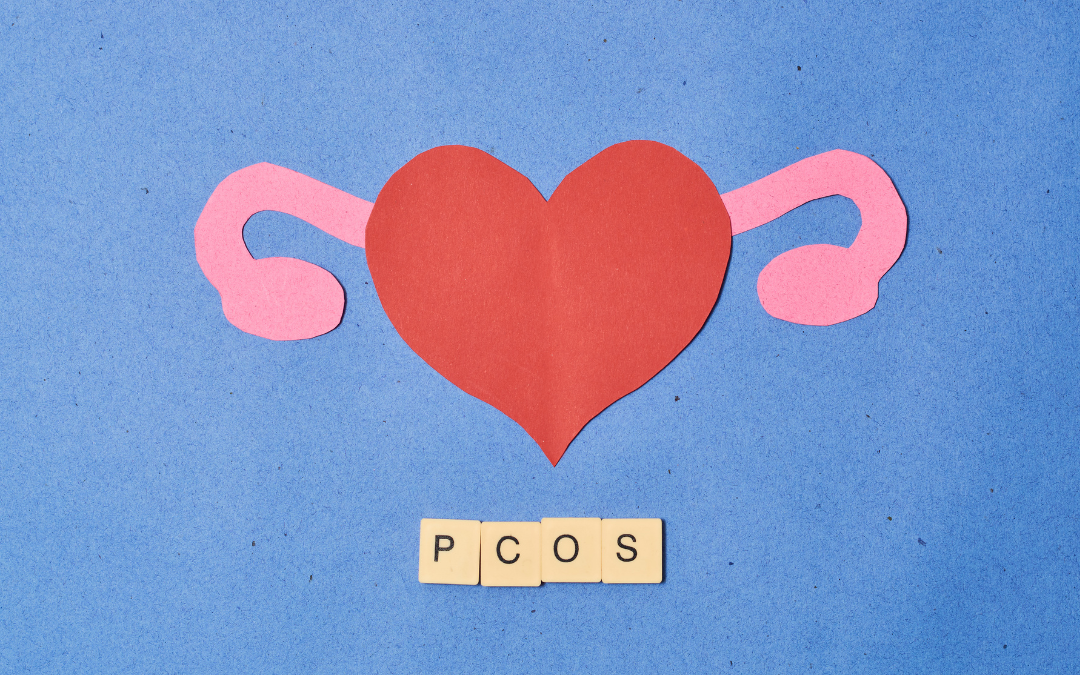One of the biggest complaints I see on the internet is, “I can’t lose weight.” And when I ask for more details, it always comes down to, the person doesn’t understand the phases of dieting and which one they should focus on.
And I can’t blame them.
Everything out there is diet, diet, diet, deficit, deficit, deficit. But rarely is there anyone talking about earning your diet that will lead to a successful deficit.
Before we begin, let me clear up two things:
1. You are more than just your weight, your pant size, or your inches. Though a lot of people want to lose weight, this does not mean you have to as well or that they are in a position – mentally and physically – to lose weight.
2. Most people who lose weight gain it all back (and then some) within 5 years because they do not understand that there are phases in every diet cycle or they focus on fad diets, quick fixes, and ignore symptoms. This is the perfect recipe to not keeping your results long term.
Let’s dive in.
There are 4 different phases in dieting:
- Deficit (also known as a “cut”)
- Surplus (also known as a “bulk”)
- Maintenance
- Reverse Diet
All the phases feed off each other. There is a method to their madness if you want sustainable and lasting results.
Let’s start with the Deficit.
This is the period of dieting where you are aiming to lose weight, body fat, and inches. This is the more talked about and known phase of dieting.
During a deficit, you are eating under your maintenance calories to achieve your goal.
Though you will often hear of people in a deficit dropping their calories super low, it’s of my belief that you should drop your calories as little as possible, so you are eating as much food as possible, while still seeing results. This method helps prevent weight regain in the long run, as well as dropping your metabolism too low, disordered ideas around good foods vs bad foods, and keeping your hormones at an optimal level.
On the flip side, there’s the Surplus.
In this phase, you’re eating over your maintenance calorie to add mass to your body. We cannot spot reduce with a deficit, but we also cannot determine if the surplus will be mostly muscle or mostly fat. Though, with a progressive overload strength training program, you should build beautiful muscles in a surplus.
Eating over maintenance is difficult for most people and a surplus can test your mindset. Taking it slow, giving it time, and focusing on a small increase is the best bet for first timers in a surplus.
I’ve mentioned Maintenance, so what is it?
Your maintenance calorie is the number of calories needed to maintain your current weight and physique. You will not gain weight, lose weight, though you may see some recomposition depending on your macros and workout program.
Maintenance is the phase you should be in most of the time. Maintenance will ultimately determine how successful you will be with a surplus or a deficit. When I say you need to earn your deficit, the large part of that is how long you’ve been at maintenance and what symptoms you’re experiencing that can prevent a successful weight loss phase.
If you are struggling with hormonal symptoms like fatigue, bad periods, missing periods, stomach issues, inability to lose weight or gain muscle, sleep issues, and high stress, it’s wise to stay at maintenance (or go into a slight surplus) to help improve your symptoms.
We can talk about Maintenance, Deficits, and Surplus all day, but what bridges the gap between all of them is…
The Reverse Diet.
This phase is never talked about. Or, if you have heard of it, it’s not talked about enough.
Reverse diets are important if you have been at a deficit – intentionally or not – or a surplus. This is the process of getting you back to your baseline (hello, maintenance!).
When I first meet with a client who has been under eating, the first thing we start talking about is a Reverse Diet. And the first thing they ask is if the reverse will cause them to gain weight. My answer is, if done correctly, you may gain a couple pounds, but you will not gain a bunch of weight.
On the flip side, some people lose weight from a reverse diet as their metabolism starts kicking up again. For example, one of my clients went from 800 calories per day to 1,900 calories per day and she lost 15lbs on the way.
This is also the process that people use after a deficit is complete to return to maintenance without re-gaining weight or after a surplus is complete.
A reverse diet is the underrated and often skipped part of the dieting cycle. And when you rush it or skip it, that’s part of why you see diets that work until they don’t or why you gain all the weight back when you return to your normal way of eating.
The Dieting Phases are unique to each person and their goals.
Meaning, I wish I could tell you how long to be in a deficit, a surplus, at maintenance, or how long your reverse diet will take. But this is purely person dependent.
Several things that do go into timeframes are, your dieting history, how long you’ve been at a specific phase, if you have hormonal symptoms that are still not managed, if you struggle with sleep and or stress, and of course, your goals and long-term health.
Want to learn more about Reverse Dieting? Check out this Instagram Live where I dive into how to do it and three of my clients who have done it successfully!
If you are interested in learning more about Dieting Phases and want a customized plan, I want to invite you to schedule a free discovery call to see if we would be a good fit to helping you towards your goals!





